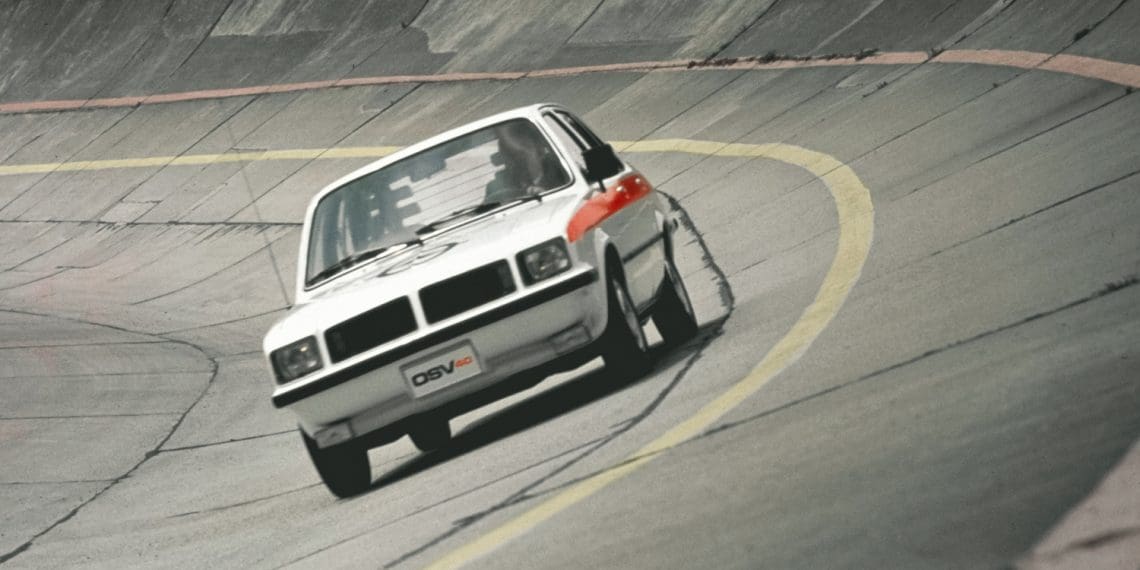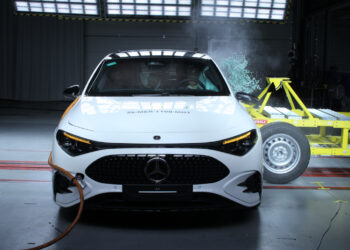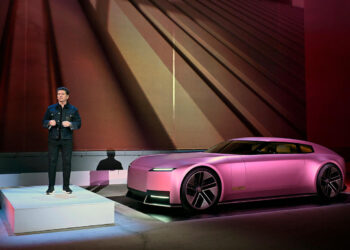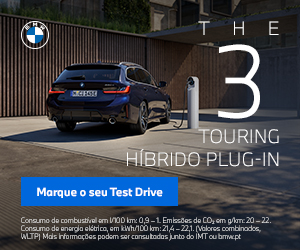The Opel has always been at the forefront of the times and since 1973 it has equipped all its models with seat belts as standard, that is, three years before seat belts became mandatory.
Following a pioneering philosophy, in 1974, exactly 50 years ago, Opel also presented a visionary perspective on future safety technology.
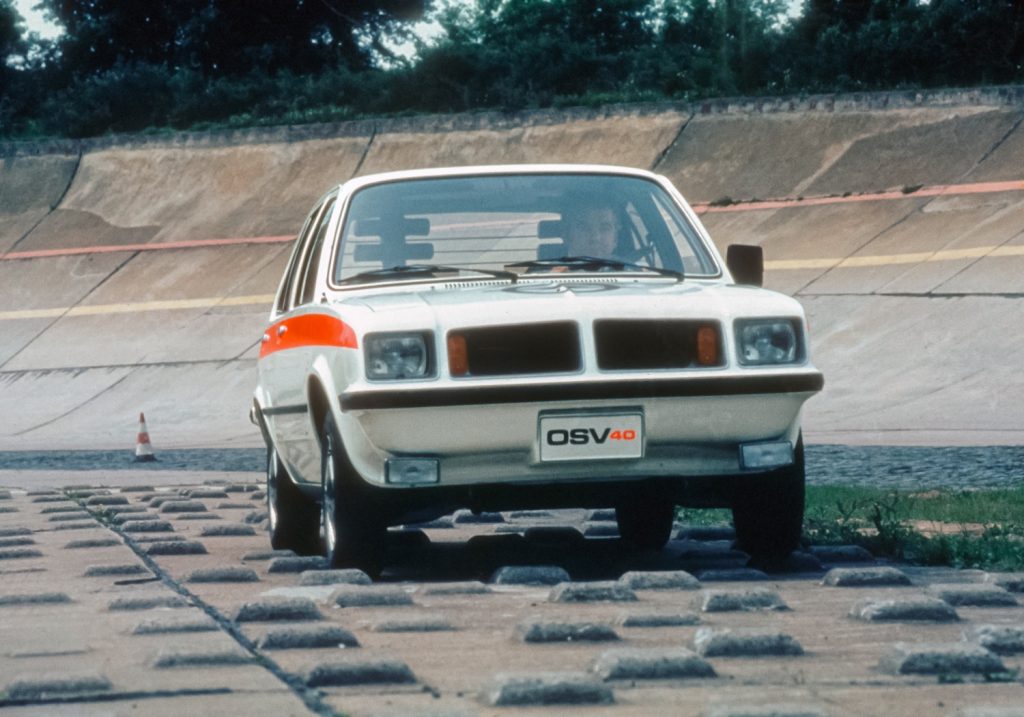
The Opel Safety Vehicle, an engineering study very close to production based on the Kadett C, survived a frontal impact at almost 65 km/h (40 miles/hour) and set an important direction for the future development of safety properties.
Known as OSV, the concept of a safe compact car was presented by the Rüsselsheim brand at the International Technical Conference on Enhanced Vehicle Safety in London, UK. Based on the Kadett C, which had been introduced the previous year, engineers deepened their knowledge on the subject of safety.
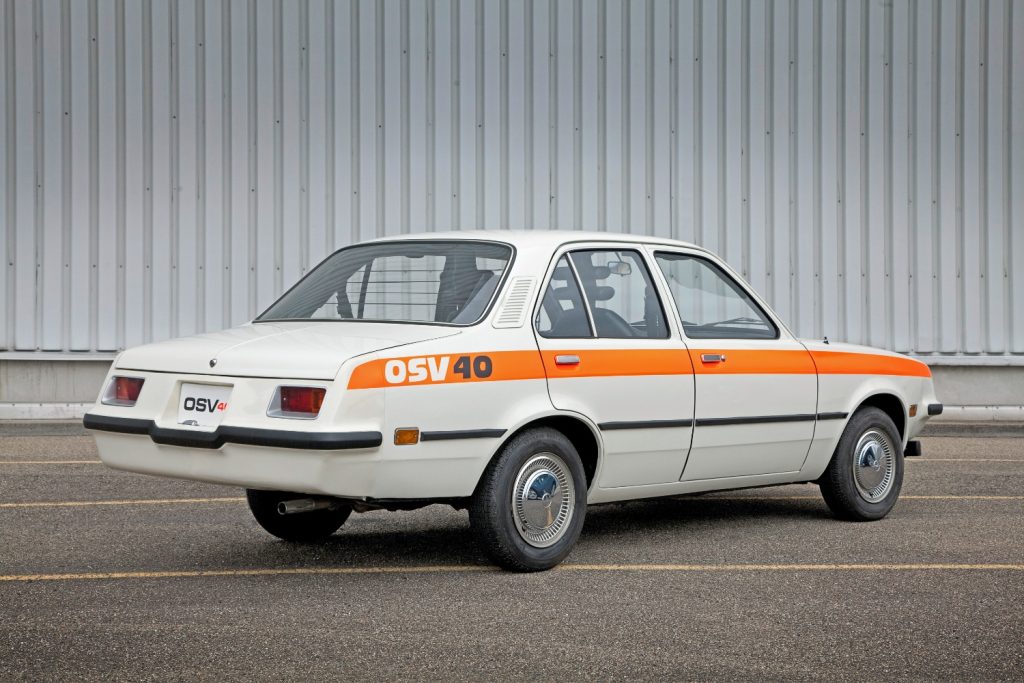
In comparison with the metal sheet bumpers of the time, the bulky bumpers of the OSV 40 were particularly visible. The OSV 40 bumpers were filled with polyurethane foam, which gave them their absorption capacity. In the front, side rails filled with foam were used, which break in a controlled manner at impact speeds above eight kilometers per hour. The foam structure absorbed enough energy so that impacts below this speed only resulted in minor deformation, thus creating the predecessor of the “self-regenerating” bumper.


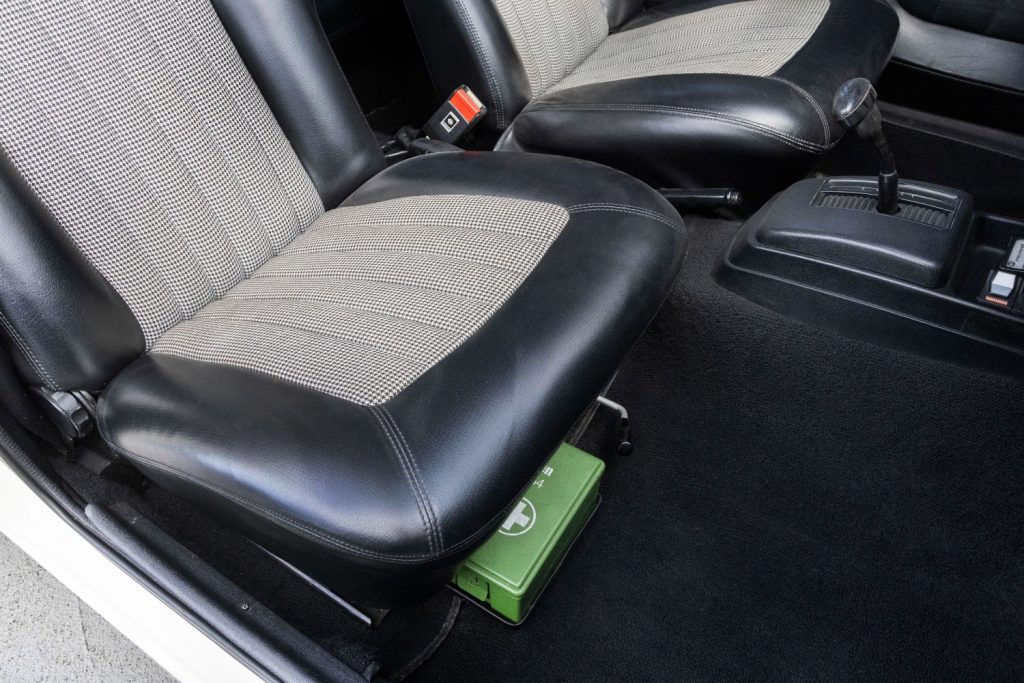
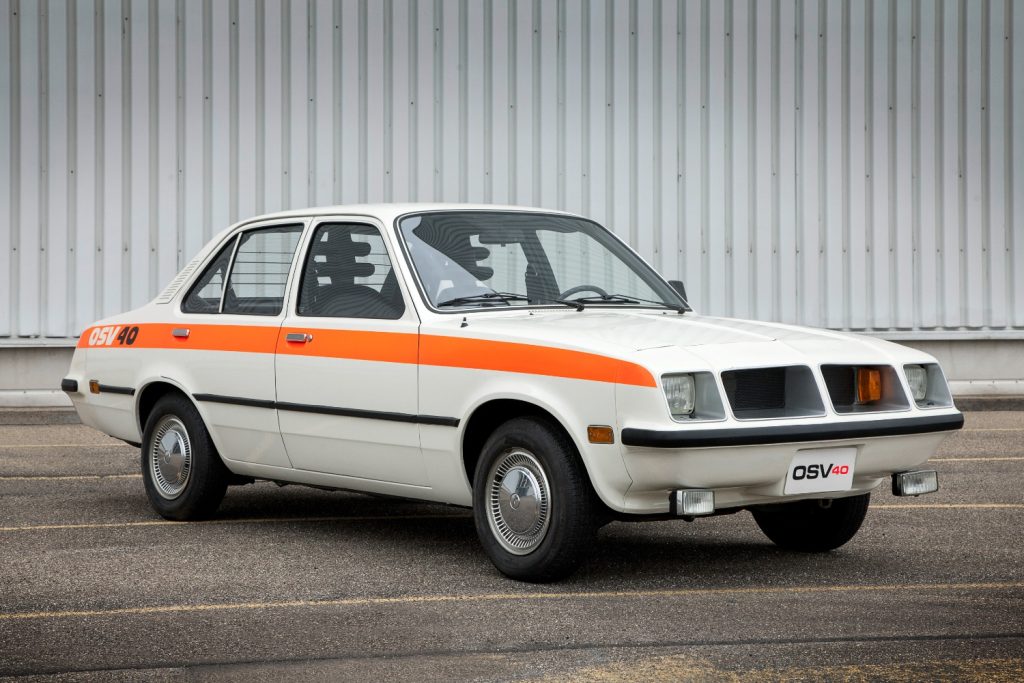
The engineers also filled the cavities of the sills and doors with polyurethane foam to create larger safety reserves in the event of a side impact. The reinforced roof beams and the backs of the front seats anchored to the roof increased the stability of the passenger compartment (the seats had adjustment). In addition, the laminated glass windshield was directly bonded to the body, also with the aim of increasing body rigidity.
Inside the vehicle, all surfaces that passengers could come into contact with in the event of an accident were cushioned with a two-centimeter layer of polyurethane foam. The steering was equipped with an additional foldable element in the lower segment of the steering column.
Safety was also a highlight in the OSV 40 cockpit. The central warning system, developed by Hella, controlled 11 functions and indicated possible errors by activating the associated warning lights.
Four additional lights behind the rear window signaled an emergency braking and functioned as hazard lights. Due to their elevated positioning, they were easily visible to following drivers. Innovative headlights with adjustable range in the direction of travel were used to avoid dazzling oncoming traffic, a predecessor of Opel’s current Intelli-Lux LED adaptive lighting technology. The split rearview mirror allowed for perfect visibility, with the lower part minimizing blind spots.
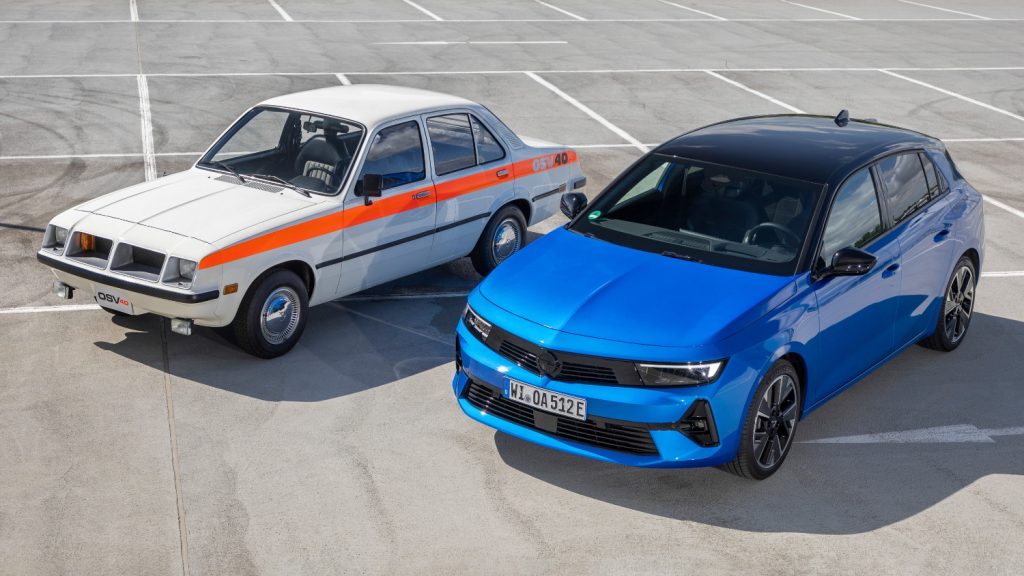
The front seats were increased to create a continuous partition for the rear compartment. The side supports, especially in the shoulder area, prevented the driver and passenger from colliding in the event of a side impact. The minimalist headrests of the front seats provided the driver with good rear visibility. For rear passengers, a roller blind-type headrest system was developed, maintaining good rear visibility. All four seats of the OSV 40 had three-point belts, with the front seats already equipped with an automatic seat belt tensioning system.
The influence of the OSV 40 was immense; the results of the vehicle’s development and testing were quickly incorporated directly into the production of new models. At the same time, the experimental vehicle contributed to a slowly changing public awareness. Until then, issues such as vehicle safety and accident prevention were not prominent in people’s minds, but nowadays car buyers increasingly take passive and active safety systems into account when choosing their new vehicle. The OSV 40 became a pioneer of modern automotive safety in the mid-1970s, especially in the compact vehicle segment.

